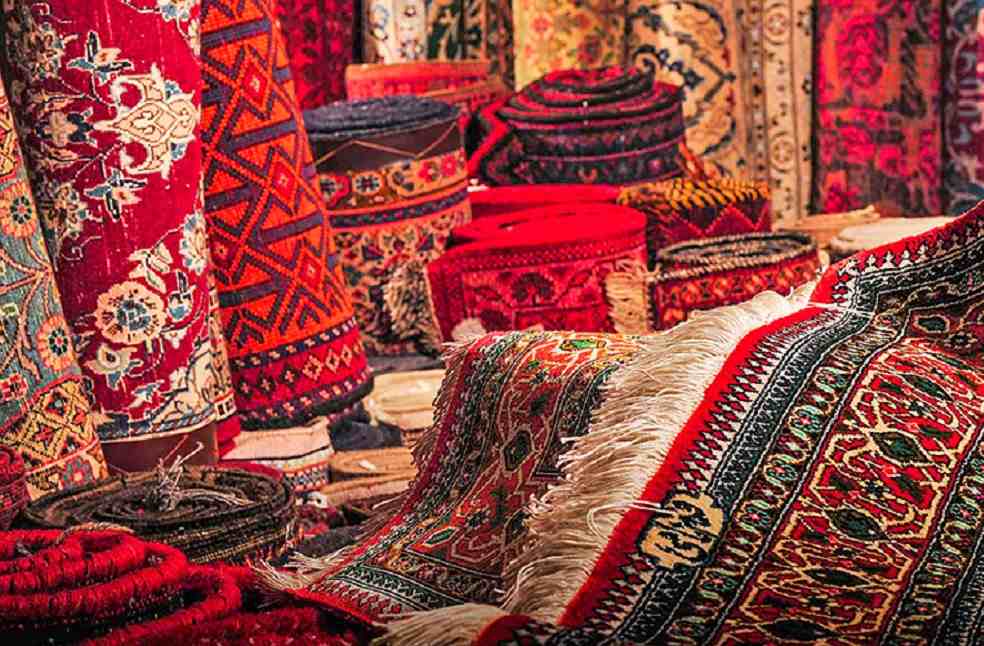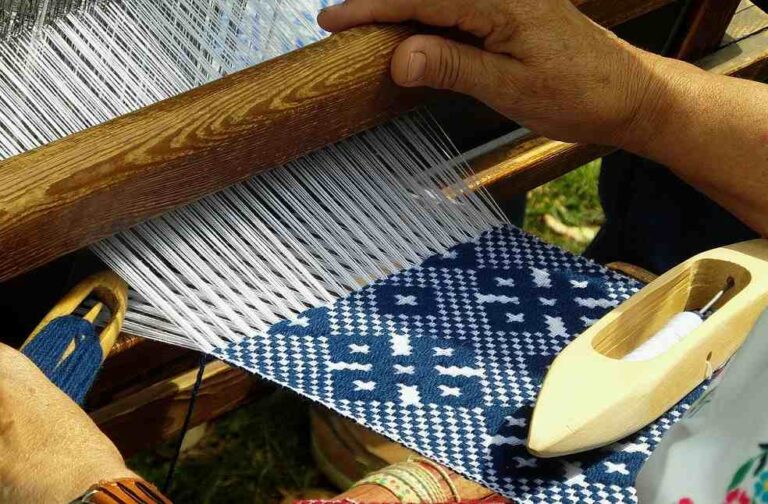Nepal’s carpet industry is showcasing signs of a significant revival and positioning itself as a key player in the nation’s export sector after enduring a long-term struggle. According to recent data from the Department of Customs, Nepal exported an impressive 832,517 square feet of carpets, worth approximately Rs 3.91 billion, in the first four months of the fiscal year 2024/25.
Historically known for its dependence on imports, Nepal is witnessing a resurgence in one of its few export-driven industries. The U.S. emerges as the primary market, absorbing about 60% of these exports, as reported by the Nepal Carpet Manufacturers and Exporters Federation. The global demand for Nepal’s hand-woven carpets, renowned for their superior quality, underscores the industry’s potential in international markets.

However, this promising sector faces its set of challenges, notably the need for consistent governmental support. Despite ranking second among Nepal’s most exported items, the carpet industry relies heavily on imported raw materials from countries like China, New Zealand, and India. Enhancing domestic production of these materials could further strengthen the industry. Additionally, the government’s commitment to a five percent export subsidy, if expedited, could substantially benefit carpet manufacturers.
The comparative advantage of Nepal’s carpet industry lies in its high value addition—80% of the carpet value is added within the country. This is in stark contrast to other top exports like soybean oil, where the value addition is significantly lower due to the reliance on imported raw materials. Carpets are often custom-made, tailored to the specifications provided by international customers, which enhances their export potential.
The breadth of Nepal’s carpet export markets is extensive, reaching beyond the U.S. to include Australia, the UK, Germany, Japan, and many others. The introduction of an online payment system could simplify transactions and expand these markets further, as suggested by traders.

Despite the current optimism, the carpet industry in Nepal is not without its historical burdens. The 1990s marked the peak of the industry, which later faced a decline due to various issues, including the use of child labor. Today, the industry’s revival hinges on maintaining high-quality production standards and avoiding past pitfalls like unfair competition and labor abuses.
The lack of skilled labor, modern technology, and effective marketing strategies are additional hurdles that need addressing. By focusing on these areas and ensuring timely governmental support, including the disbursement of the announced subsidies, Nepal could not only mitigate its trade deficit but also generate substantial employment opportunities. With the right support, the carpet industry could indeed mirror its former glory, contributing significantly to Nepal’s economic landscape.
INSPIRING | Indonesia Prepares for Economic Impact of Potential Trump Trade Policies



